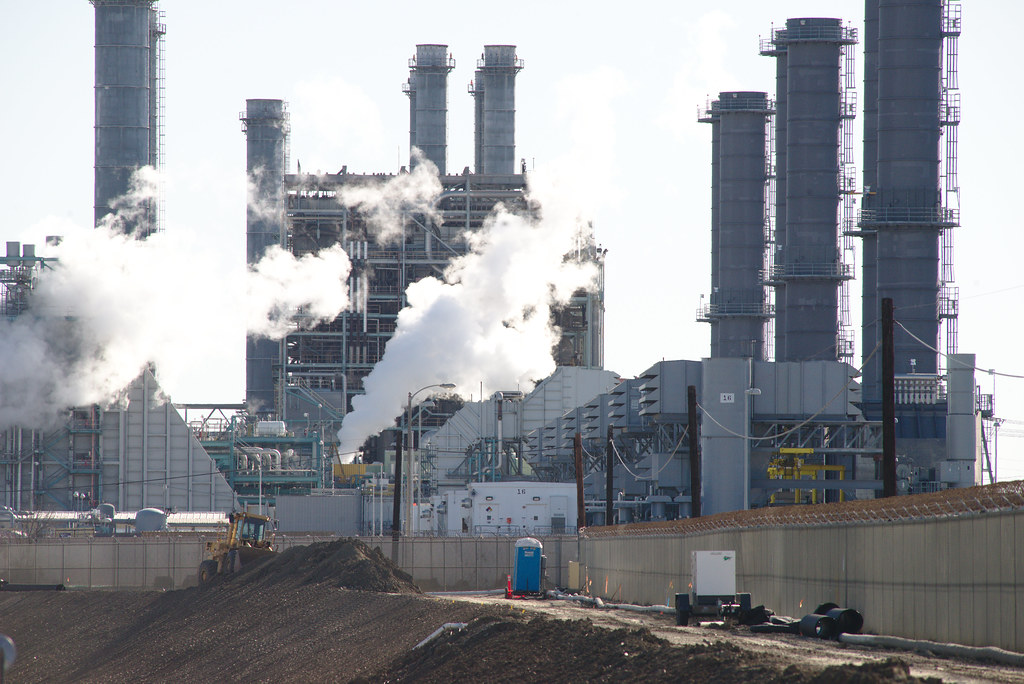The West Coast of the United States, which includes California, Oregon, and Washington, plays a significant role in natural gas energy production and consumption. Here’s an overview of how natural gas contributes to the region’s energy needs:
Natural Gas Energy Capacity West Coast of USA
- California: Natural gas accounts for about 40% of electricity generation in the state, with a capacity of approximately 50 gigawatts (GW) from natural gas-fired plants.
- Oregon: Natural gas plays a smaller role compared to California, contributing around 20% of the state’s electricity generation. The total capacity is about 3.5 to 4 GW.
- Washington: Similar to Oregon, Washington relies more on hydropower, but natural gas still contributes around 13% of its electricity generation. Its capacity is about 3 to 4 GW.
Thus, the total natural gas capacity on the West Coast is roughly 57-58 GW.
Major Natural Gas Power Plants in USA West Coast
California Major gas power plant
- El Segundo Energy Center (El Segundo, CA) – 550 MW capacity
- LADWP Scattergood Generating Station (Playa Del Rey, CA) – 830 MW
- Otay Mesa Energy Center (San Diego, CA) – 605 MW
- Carlsbad Energy Center (Carlsbad, CA) – 527 MW
- Haynes Generating Station (Long Beach, CA) – 1,570 MW
Oregon major gas power plant
- Hermiston Generating Plant (Hermiston, OR) – 474 MW
- Klamath Cogeneration Project (Klamath Falls, OR) – 506 MW
- Carty Generating Station (near Boardman, OR) – 450 MW
Washington major gas power plant
- Chehalis Generation Facility (Chehalis, WA) – 520 MW
- Fredonia Generating Station (Fredonia, WA) – 400 MW
- Mint Farm Energy Center (Longview, WA) – 300 MW
Future Plans for Natural Gas on the West Coast
The future of natural gas on the West Coast is influenced by the push towards cleaner energy and carbon reduction policies. Key trends include:
- California: California is aggressively moving towards reducing reliance on fossil fuels, including natural gas, in favor of renewable energy like solar, wind, and battery storage. California’s goal is to achieve 100% clean electricity by 2045. As a result, natural gas plants may face closure or conversion to cleaner energy alternatives.
- Oregon and Washington: Both states have also set ambitious goals to reduce greenhouse gas emissions. Oregon aims for 100% clean energy by 2040, and Washington has committed to phase out coal and move toward clean energy by 2045. Like California, natural gas is expected to play a smaller role in the future, potentially serving as a backup for renewable energy.
Planned Developments and Potential Gas Projects
While many states are moving away from fossil fuel projects, natural gas will still play a role in the transition period. Some potential trends include:
- Hybrid Power Plants: Combining natural gas with hydrogen, carbon capture technology, or renewable energy.
- Backup for Renewables: Natural gas plants may be repurposed to provide peak load power when renewable generation (solar, wind) is insufficient.
In summary, natural gas is a major player in the current energy mix of the U.S. West Coast but faces a declining role in the coming decades as states push toward renewable energy goals.
